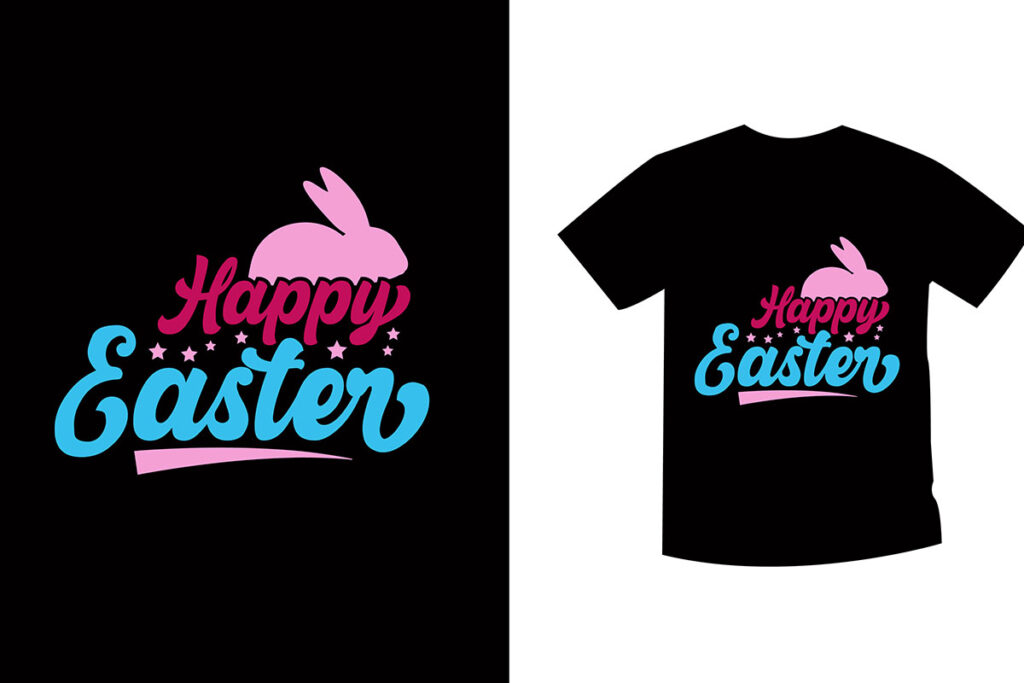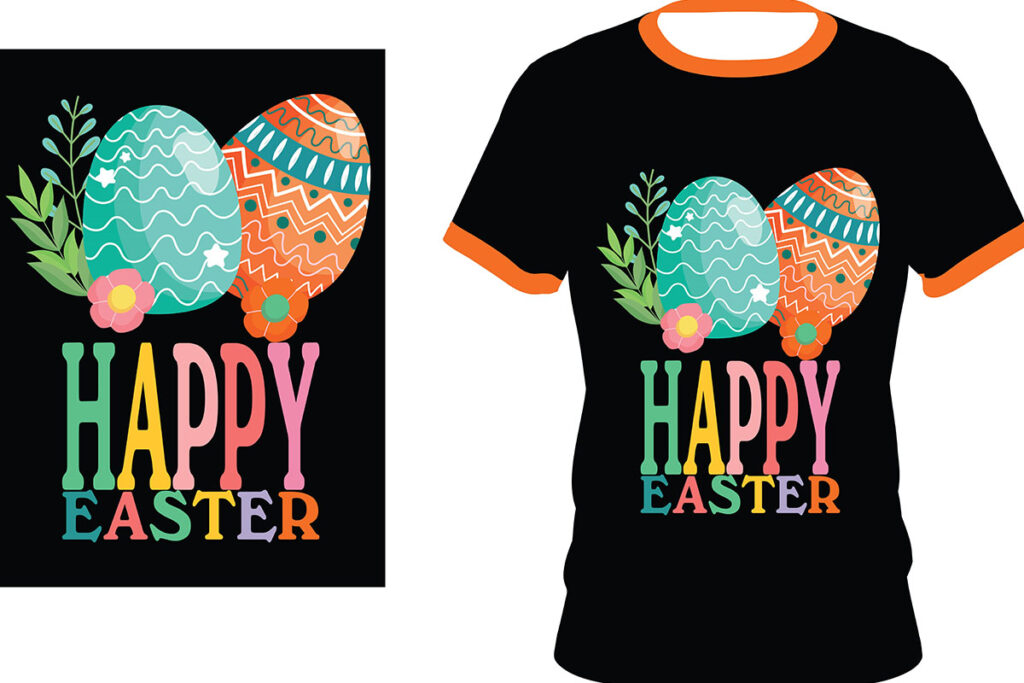DTF transfers, also known as Direct-to-Film printing, are rapidly gaining momentum in the custom fabric printing industry, offering an innovative solution for both amateur and professional designers. This unique printing process allows for vibrant colors and intricate designs to be transferred onto fabrics with minimal fuss, making it ideal for those looking to personalize apparel and other textiles. With DTF transfer advantages such as versatility, ease of use, and durability, it’s no wonder that this method has become a favorite for t-shirt printing, bags, and more. Whether you’re a beginner diving into the world of custom fabric printing or a seasoned professional looking for new techniques, understanding the DTF printing process is essential. In this guide, we will explore key insights, including beginner tips for DTF, to help you unlock the full potential of this exciting printing method.
Direct-to-Film printing, often abbreviated as DTF, represents a groundbreaking approach in the realm of fabric decoration and customization. This process involves printing designs onto a special film and then transferring them to various materials, from cotton to blends, using heat and pressure. The versatility of this method opens up a world of creative possibilities for those interested in custom apparel, making it an appealing choice for small business owners and hobbyists alike. Additionally, the advantages of DTF transfers include the ability to produce intricate designs that are both long-lasting and resilient, setting it apart from more traditional printing methods. As we delve further into this topic, we will uncover the essential techniques and tips for mastering DTF transfers, ensuring your designs shine across all types of fabric.
Understanding DTF Transfers: The Future of Fabric Printing
Direct-to-Film (DTF) transfers represent a significant advancement in the field of custom fabric printing. By utilizing a specialized printing technique that transfers designs onto a film with high-quality water-based inks, DTF offers a flexible solution for all sorts of apparel and textile products. This innovative process not only allows for vibrant colors and intricate patterns but also eliminates the limitations typically associated with traditional printing methods, such as screen printing. With DTF, artists and enthusiasts alike can achieve quality results that capture attention and convey personality.
Moreover, the ability to print on a wide range of materials—including cotton, polyester, and other blends—positions DTF as a highly versatile option for those engaged in custom fabric decoration. This means that whether you are looking to personalize T-shirts, bags, or other wearable items, the DTF printing process can accommodate your design needs with ease. As more beginners become familiar with DTF technology, the possibilities for creativity expand, promising a bright future for amateur and professional printers alike.
The Step-by-Step DTF Printing Process Explained
Understanding the steps in the DTF printing process is vital for achieving successful and visually appealing results. The journey begins with high-quality printing directly on PET film, where specialized DTF printers utilize water-based inks that provide vibrancy and depth to your design. Following the printing phase, an adhesive powder is crucial—it is evenly applied to the wet ink, ensuring that the design will stick to the fabric when transferred. This means precision and attention to detail are paramount during this step.
Next comes the curing process, where heat is applied to the printed film to bond the ink and adhesive powder effectively. This stage transforms a simple print into a transfer that is ready for application. Finally, using a heat press, the film is placed onto the desired fabric, where the combination of heat and pressure ensures that the design transitions seamlessly from the film to the fabric. By mastering this step-by-step DTF printing process, beginners can enjoy a rewarding introduction to the world of fabric printing.
Exploring the Advantages of DTF Transfers for Custom Printing
DTF transfers offer a host of impressive advantages, making them a popular choice among both beginners and seasoned professionals in custom fabric printing. One of the primary benefits is their flexibility; DTF transfers can be applied to numerous fabrics, allowing for a range of applications, from T-shirts to accessories. This adaptability enables users to diversify their product offerings and embrace creative opportunities that traditional printing methods may not readily provide.
Additionally, the DTF printing process is relatively easy to understand and implement, which can be a significant relief for beginners transitioning into the custom printing space. This accessibility empowers novice printers to explore their creativity without feeling overwhelmed by complex techniques and equipment. Not to mention, the durability of DTF transfers ensures that custom designs endure through multiple washes, allowing for long-lasting impressions that retain their quality over time.
Essential Beginner Tips for Successful DTF Printing
For those just embarking on their DTF printing journey, a few essential tips can enhance your experience and outcomes. First and foremost, investing in quality equipment is crucial. A reliable DTF printer and a proper heat press are vital for ensuring that your prints transfer effectively and maintain their vibrancy. High-quality materials for both the films and inks can significantly impact the durability and appearance of your final products.
Additionally, it’s helpful to start with smaller projects to build your confidence. Experimenting with uncomplicated designs can help you master the nuances of color mixing and heat application before tackling more complex projects. Also, utilizing online resources, such as forums and instructional videos, can provide valuable insights and best practices, making your DTF printing experience smoother and more enjoyable.
Emerging Trends in DTF Printing to Watch
As the field of DTF printing continues to grow, several emerging trends are shaping practitioners’ approach to custom fabric printing. The surge in demand for personalized clothing signifies a shift towards consumers seeking unique expression through their wardrobe choices. Custom apparel created through DTF transfers appeals to this desire, as it facilitates individuality in style and allows for personal storytelling through design.
Moreover, advancements in DTF printing technology have transformed the landscape, enhancing both the quality and speed of production. As manufacturers develop faster printing capabilities and higher-resolution output, users can enjoy a more efficient workflow. Additionally, the increasing emphasis on sustainability has prompted a shift towards eco-friendly practices, with the adoption of water-based inks being a key aspect of this trend. This aligns DTF printing with the growing consumer preference for environmentally conscious products.
Avoiding Common Mistakes When Using DTF Transfers
Entering the realm of DTF printing can be exhilarating, but it’s essential to be aware of common mistakes that can lead to disappointing results. One significant pitfall is failing to properly cure the printed film. Neglecting this critical step can lead to designs that peel off or fade after washing. Ensuring that the adhesive is fully activated through appropriate heat curing is necessary to maintain print integrity for the long term.
Another area where beginners often falter is in heat application. Utilizing incorrect temperature or pressure settings during the heat transfer phase can yield subpar results, including incomplete transfers or damage to fabric. Following manufacturer guidelines for both temperature and timing is essential to achieve optimal results and avoid costly errors.
Frequently Asked Questions
What are DTF transfers and how do they work?
DTF transfers, or Direct-to-Film transfers, involve printing designs onto a special film that can then be transferred to various fabrics using heat and pressure. The DTF printing process utilizes water-based inks to create vibrant designs on a range of materials, including cotton and polyester.
What are the advantages of using DTF transfers for custom fabric printing?
DTF transfer advantages include flexibility in application on various materials, ease of use for beginners, and durability, as applied designs can withstand multiple washes without fading. This makes DTF transfers an ideal choice for custom fabric printing.
How can beginners get started with the DTF printing process?
Beginner tips for DTF include investing in a quality DTF printer, practicing with small projects to build confidence, and utilizing online resources such as tutorials and forums for guidance. Familiarity with equipment and techniques will enhance your ability to create stunning DTF transfers.
What types of materials can I use with DTF transfers?
DTF transfers are versatile and can be applied to a wide range of materials, including cotton, polyester, and blends. This makes them suitable for custom apparel such as t-shirts, bags, and hats, providing flexibility in your DTF printing projects.
What common mistakes should I avoid when applying DTF transfers?
Common mistakes to avoid with DTF transfers include skipping the curing step, which can lead to designs peeling or fading, and using incorrect heat settings. Always refer to manufacturer guidelines for optimal temperature and pressure to ensure successful transfers.
How do DTF transfers compare to traditional screen printing?
DTF transfers offer more design complexity than traditional screen printing, allowing for intricate details and vibrant colors. Additionally, the DTF printing process is generally easier for beginners, making it a popular alternative for custom fabric printing.
| Key Points | Details |
|---|---|
| What Are DTF Transfers? | A printing method that allows designs to be printed onto a film and transferred to fabric using water-based inks. |
| The Process | 1. Printing on PET film 2. Applying adhesive powder 3. Curing with heat 4. Transferring to fabric with heat press |
| Advantages | – Flexibility for various materials – Ease of use for beginners – High durability and wash-resistance |
| Tips for Beginners | – Invest in quality DTF printer and heat press – Start with small projects for practice – Engage with online resources for guidance |
| Recent Trends | – Rising popularity for custom apparel – Advances in printing technology – Adoption of eco-friendly practices |
| Common Mistakes | – Skipping curing step – Incorrect heat and pressure settings |
Summary
DTF Transfers are revolutionizing the custom printing landscape, offering exceptional versatility and quality for fabric decoration. This method allows anyone from beginners to seasoned professionals to create vibrant, personalized designs on various textiles with ease. With the right equipment and knowledge, DTF transfers can empower you to craft unique pieces for personal use or to grow your small business. Whether you are looking to enhance your crafting skills or tap into the booming market of custom apparel, understanding the DTF transfer process, advantages, and best practices is crucial. By mastering DTF transfers, you can unlock endless creative possibilities!



